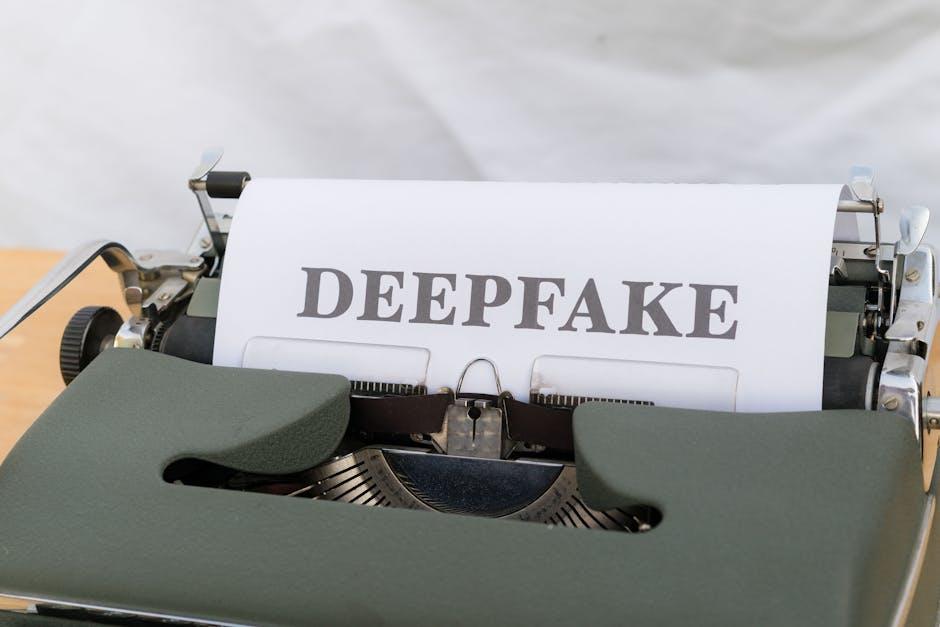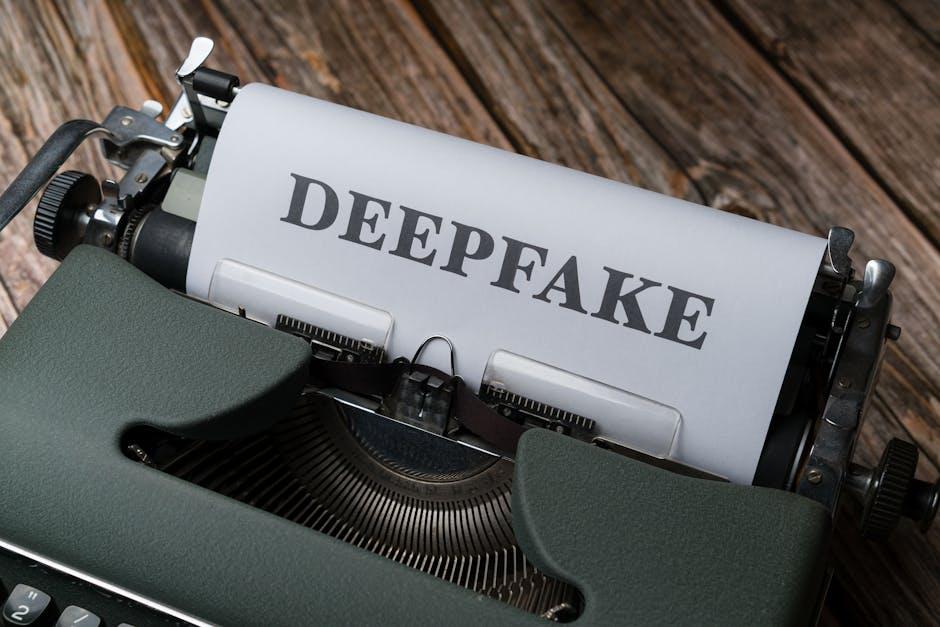In the ever-evolving landscape of filmmaking, where imagination knows no bounds and technology continuously reshapes the art of storytelling, deepfake technology emerges as both a marvel and a conundrum. With its ability to seamlessly manipulate reality, it offers filmmakers unprecedented creative possibilities, yet simultaneously raises profound ethical questions. As digital wizardry blurs the lines between fiction and reality, the debate intensifies: Should deepfake technology be harnessed with caution and restriction, or embraced as a new frontier of cinematic expression? This article delves into the intricate balance between innovation and ethics, exploring the potential and pitfalls of deepfakes in the world of film.
Ethical Dimensions of Deepfake Usage in Film
The rise of deepfake technology in filmmaking introduces a complex array of ethical considerations. On one hand, it offers filmmakers unprecedented creative possibilities, enabling them to resurrect historical figures, recreate actors’ younger selves, or generate entirely fictional characters with lifelike precision. However, this technology also poses significant ethical dilemmas that challenge the boundaries of consent, authenticity, and artistic integrity.
- Consent: Utilizing an actor’s likeness without explicit permission raises questions about personal rights and ownership of one’s image.
- Authenticity: The line between reality and fiction blurs, potentially misleading audiences and altering historical narratives.
- Artistic Integrity: While it can enhance storytelling, reliance on deepfakes might undermine the value of traditional acting and the human element in film.
These ethical dimensions demand a thoughtful discourse among filmmakers, ethicists, and audiences to establish guidelines that balance innovation with responsibility.
Balancing Creativity and Consent in Digital Alterations
In the ever-evolving landscape of filmmaking, the interplay between creativity and consent takes center stage. Digital alterations, especially through deepfake technology, open a Pandora’s box of possibilities. Filmmakers can now resurrect long-gone legends, create entirely new characters, or even alter performances to fit an evolving narrative. Yet, the creative freedom that comes with these tools must be balanced with ethical considerations. The key question is: how do we ensure that the innovative use of deepfakes respects the rights and dignity of individuals?
Considerations in this realm include:
- Artistic Integrity: Does the alteration maintain the original intent of the work, or does it distort the artist’s vision?
- Consent: Are the individuals being represented aware and approving of their likeness being used?
- Privacy: How do we protect the personal and professional boundaries of those being digitally recreated?
- Transparency: Are audiences informed about the use of deepfake technology in the production?
Balancing these factors requires a nuanced approach, ensuring that while creativity is unhindered, the ethical implications are not overlooked.

Navigating the Legal Landscape of Synthetic Media
The emergence of synthetic media, particularly deepfakes, has posed a complex challenge for the legal frameworks governing the film industry. As filmmakers explore the creative potential of this technology, legal experts are grappling with how to regulate its use effectively. Key concerns include the potential for identity theft, defamation, and intellectual property violations. Current laws often lag behind technological advancements, leading to a patchwork of regulations that vary by jurisdiction. This inconsistency raises questions about the enforcement of existing laws and the need for new, more specific legislation.
Legal considerations for filmmakers using deepfake technology might include:
- Ensuring proper consent from individuals whose likenesses are used.
- Navigating copyright issues when replicating the appearance of deceased actors.
- Addressing potential privacy violations and the ethical implications of realistic recreations.
By fostering a dialogue between creators, legal experts, and policymakers, the industry can strive for a balance that protects both creative freedom and individual rights. This ongoing conversation is crucial as synthetic media continues to evolve and reshape the boundaries of storytelling.

Crafting Guidelines for Responsible Deepfake Integration
To ensure the ethical use of deepfake technology in filmmaking, it is essential to establish comprehensive guidelines that balance innovation with responsibility. Filmmakers should prioritize transparency by clearly communicating when and how deepfakes are used in their productions. This can help maintain trust with audiences and prevent potential misuse.
- Consent and Rights: Obtain explicit consent from individuals whose likenesses are being used, respecting their rights and privacy.
- Purpose and Context: Clearly define the purpose of using deepfakes, ensuring it aligns with the narrative and adds genuine value to the storytelling process.
- Authenticity and Accuracy: Strive for authenticity, avoiding the creation of misleading or deceptive content that could harm reputations or misinform viewers.
- Technical Safeguards: Implement technical measures to prevent unauthorized access and misuse of deepfake technology.
By adhering to these principles, the film industry can harness the creative potential of deepfakes while upholding ethical standards, fostering a landscape where innovation and integrity coexist harmoniously.

